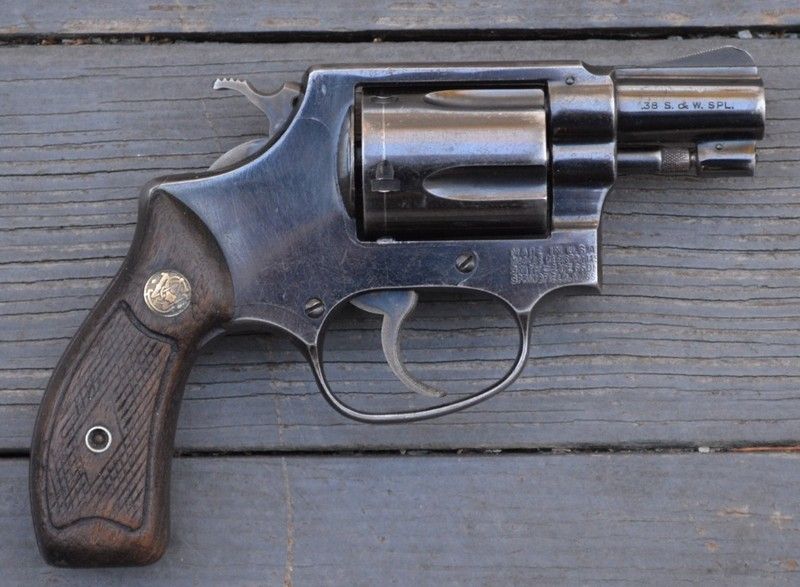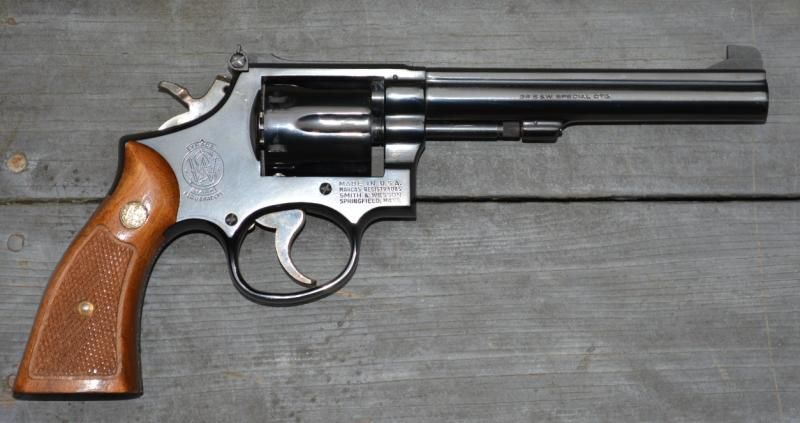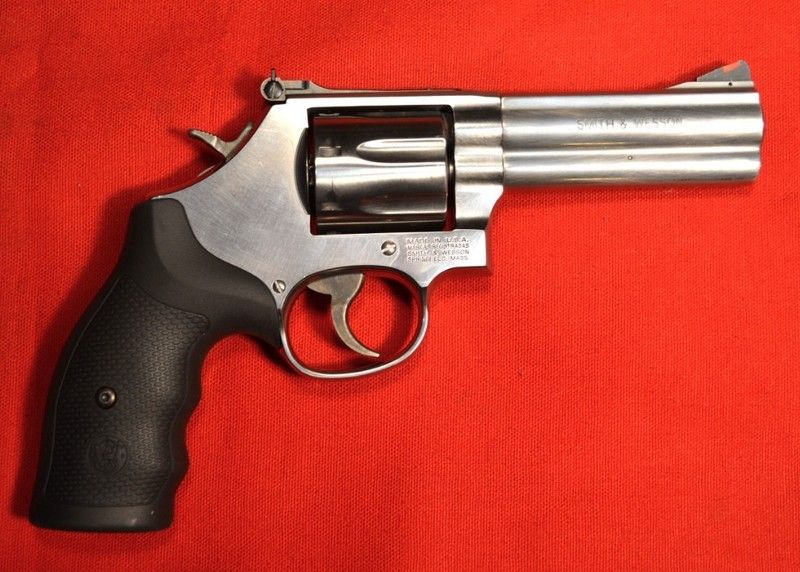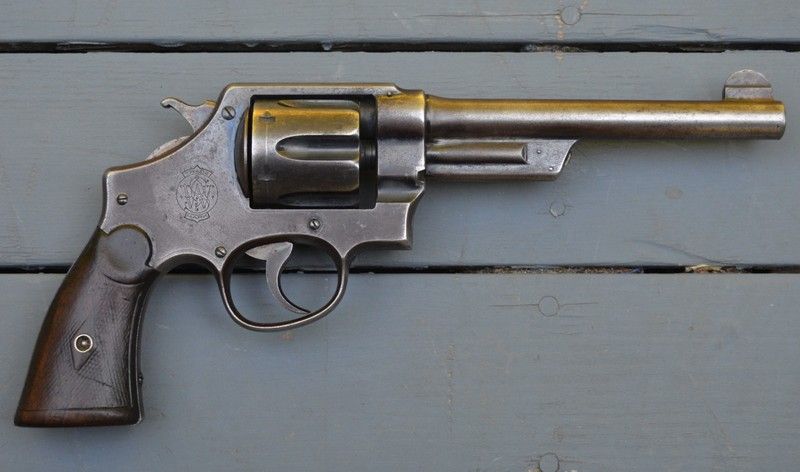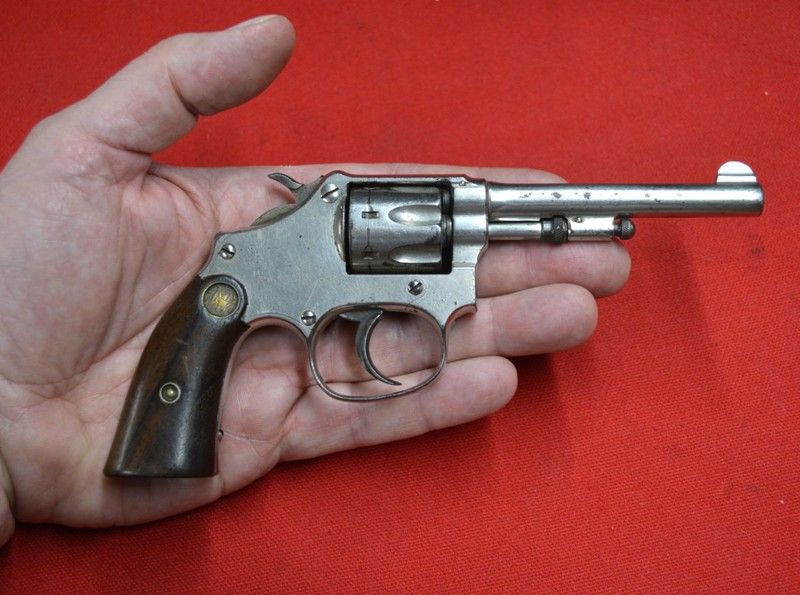Driftwood Johnson
New member
Howdy Again
Here is a Smith and Wesson New Model Number Three, made in 1882. The side plate has been removed, as well as the hammer. You can see the hand pinned to the hammer.
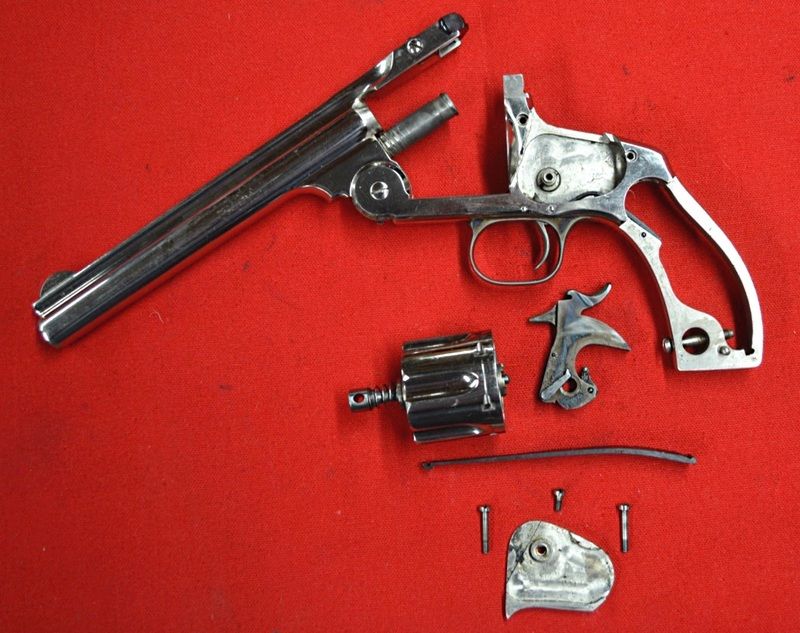
A closer view of the lockwork of the NM#3. The hand is pushed forward by its spring to engage the cylinder. It pushes the cylinder around clockwise, the opposite of modern Smith and Wesson revolvers.
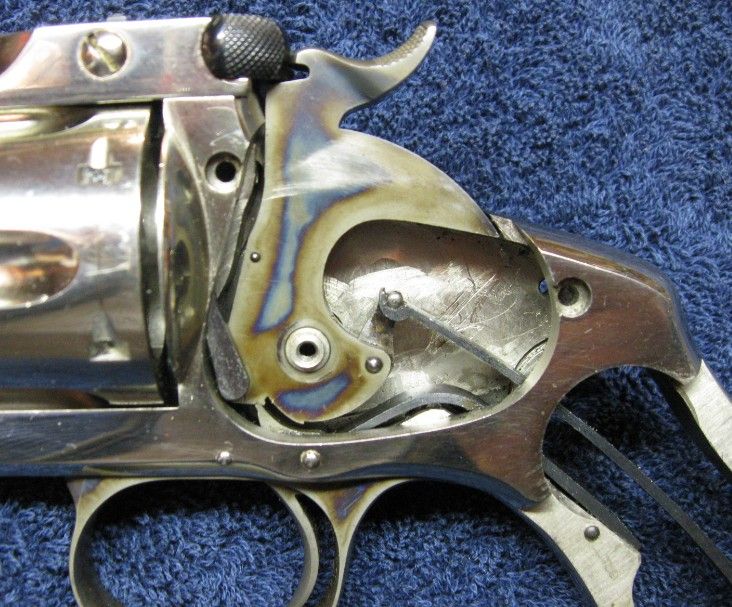
All the Smith and Wesson Top Break revolvers were built that way with one exception. The 38 Double Action Perfected model. This was the last Top Break revolver S&W introduced, it was made from 1909 until 1920. Already into the modern 'Hand Ejector' era. (revolvers that broke open by swinging the cylinder out to the side) Just like all modern S&Ws, the side plate was on the right side.
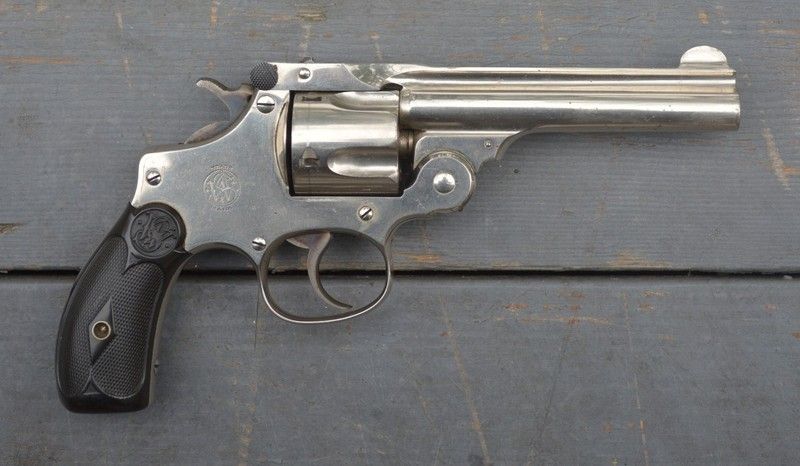
The Perfected model was unique in that one had to push the thumb latch on the left side of the frame forward while at the same time pulling the Top Break latch up to break it open. There are various reasons given for this, but that is a discussion for another time.
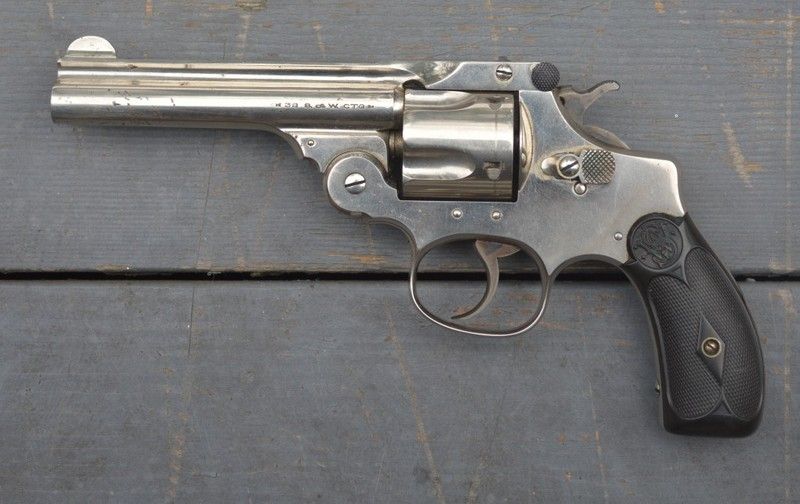
The mechanism of the Perfected model shared many parts of the 32 caliber Hand Ejectors, and the hand was on the right side, rotating the cylinder counter clockwise when viewed from the rear, the same as modern Smiths.
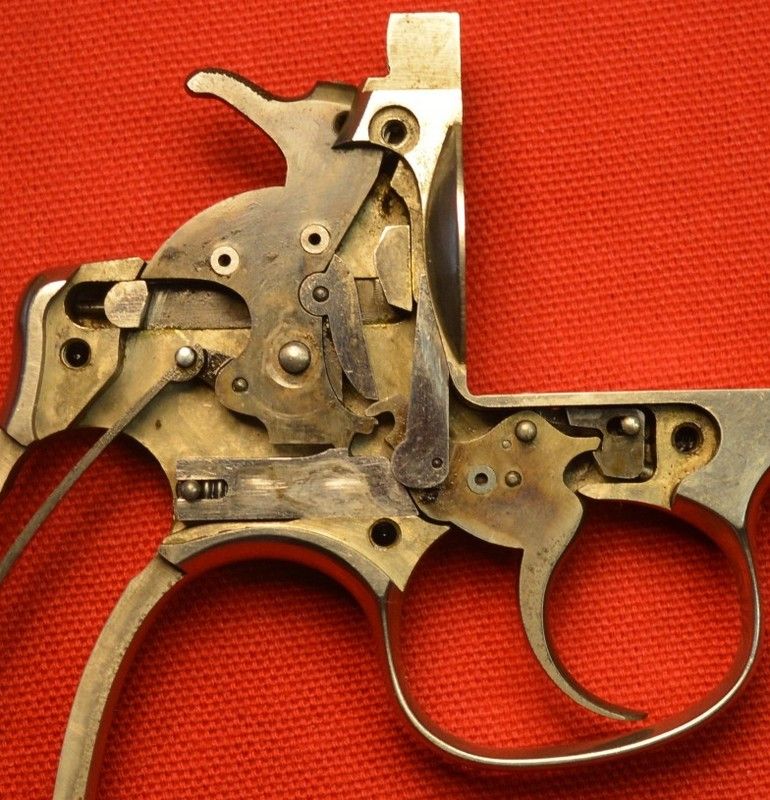
Here is a Smith and Wesson New Model Number Three, made in 1882. The side plate has been removed, as well as the hammer. You can see the hand pinned to the hammer.

A closer view of the lockwork of the NM#3. The hand is pushed forward by its spring to engage the cylinder. It pushes the cylinder around clockwise, the opposite of modern Smith and Wesson revolvers.

All the Smith and Wesson Top Break revolvers were built that way with one exception. The 38 Double Action Perfected model. This was the last Top Break revolver S&W introduced, it was made from 1909 until 1920. Already into the modern 'Hand Ejector' era. (revolvers that broke open by swinging the cylinder out to the side) Just like all modern S&Ws, the side plate was on the right side.

The Perfected model was unique in that one had to push the thumb latch on the left side of the frame forward while at the same time pulling the Top Break latch up to break it open. There are various reasons given for this, but that is a discussion for another time.

The mechanism of the Perfected model shared many parts of the 32 caliber Hand Ejectors, and the hand was on the right side, rotating the cylinder counter clockwise when viewed from the rear, the same as modern Smiths.


